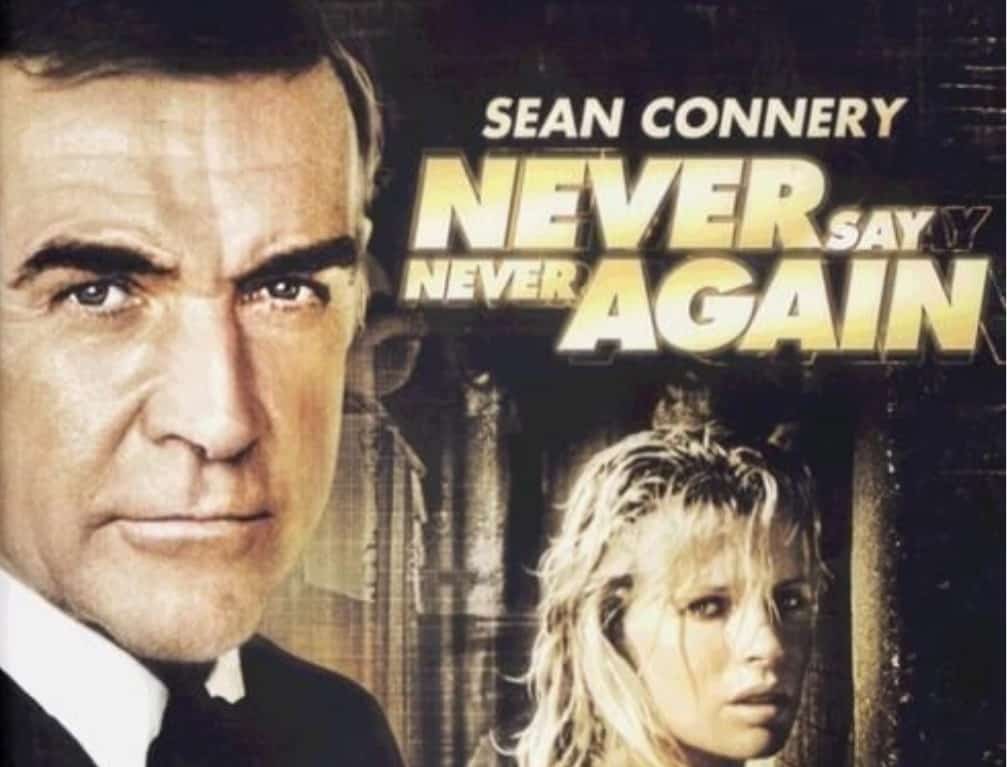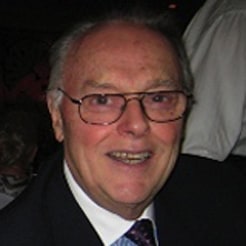
Mastering 7 Forces Shaping Human Organizations for Peak Performance
“Leadership is not defined by the exercise of power but by the capacity to increase the sense of power among those led,” famously said Mary Parker Follett, known as the “mother of modern management,” a century ago. “The most essential work of the leader is to create more leaders.”
Parker Follett emphasized coordination and employee engagement in her theory of management, which remains relevant today. Collaboration offers a way to deal with some of the conundrums (a confusing and/or difficult challenge or question). In particular, delegation becomes less of a dilemma when a manager, naturally inclined to collaboration, keeps his or her coworkers in the unit well informed. And connecting becomes less of a quandary (a state of perplexity or uncertainty over what to do in a difficult situation) when managers collaborate and become more optimally connected to enable them to become more effectively informed.
Henry Mintzberg, the eminent Canadian academic and author on business and management, is a firm believer in the works of Parker Follett. He wrote that most managerial activity is sandwiched between reflection in the abstract and action on the ground, which he calls “refl’action.” Too much reflection, he maintains, and nothing gets done; too much action, and things get done – thoughtlessly. Reflection, he continues, is largely personal, while proactiveness is fundamentally social – there can be very little managerial action without the involvement of other people. Managing, therefore, is a social process, and managers who try to go it alone typically end up overcontrolling – issuing orders and driving performance in the false hope that authority will ensure compliance.
In Understanding Organizations…Finally! (2023), Mintzberg latest book, he reframes his career’s work on business and management around the seven forces driving all human organizations. He identifies these seven forces as efficiency, proficiency, consolidation, collaboration, culture, division, and conflict. Each of these forces aligns with one of the seven basic organizational forms: the Personal Enterprise, the Programmed Machine, the Professional Assembly, the Project Pioneer, the Divisional Form, the Community Ship, and the Political Arena. While an individual organization could acquire an “anchored” or pure form of one these basic forms, Mintzberg rightly observes that it is more realistic for an organization to take shape as a hybrid, in which “two or more forces logically coexist in some kind of dynamic balance.”
His book offers a life-cycle model to explain how companies can transition between the basic forms and hybrids to achieve peak performance. Like in his previous books, Mintzberg emphasizes while organizations are formed by a set of relationships, their purpose is only achieved through individual work – making the act of organizing a unique science and practice.
In his closing sentences, Mintzberg expresses hope that the book has helped readers “liberate [themselves] from the orthodoxies of organizing, so that [they] can design better organizations in the future.” But, he cautions, “please keep in mind these wise words from Alfred North Whitehead, ‘seek simplicity and distrust it’ … finally!”
I interpreted this closing as an indication that we can expect more from Mintzberg on organizations in the future. He is only 83, and I suspect there are three or four more books in him. This closing also reminded me of the James Bond movies, particularly when in 1983 Sean Connery starred in “Never Say Never Again” after a 12-year gap in the Bond role. Connery was the original Bond actor, and “Never Say Never Again” was his last Bond performance. Roger Moore played the part before and after him. Besides Moore, the 11 Bond movies that followed starred three more actors in the central role.
Like Mintzberg’s legacy – regardless of how many more books he writes – the Bond movies legacy exemplifies Parker Follett’s philosophy that “the most essential work of the leader is to create more leaders.” Never say never again indeed.
- About the Author
- Latest Posts
Vice President Emeritus for Learning Technologies Donald Smith, Ed.D, CPT, headed ME&A programs in learning, leadership, and performance enhancement. He stayed with the firm in his retirement, bringing more than 65 years of experience as a coach, designer, facilitator, evaluator, manager, educator, and organizational change architect in more than 40 countries. He is affectionately known as ME&A’s MENCH.



